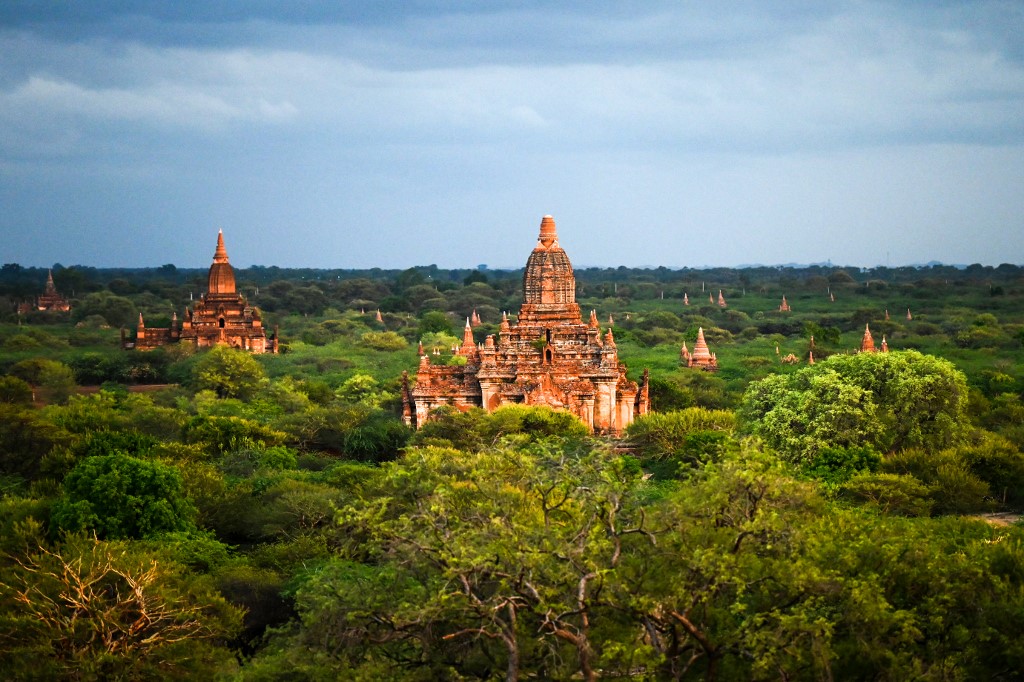
The ancient Buddhist kingdom of Bagan has been declared a Unesco World Heritage Site.
Myanmar first lobbied in 1995 for the millennium-old site to be added to the United Nations’ prestigious list.
The attraction is famous for its more than 3,500 stupas, temples, monasteries and other structures built between the 11th and 13th centuries.
The fact that the temple town had not yet already been included on the list may be surprising to some.
But shoddy restoration work under the military junta, inappropriate development and a damaging 2016 earthquake blocked the nomination.
The UN World Heritage Committee met in Azerbaijan to decide on the latest entrees to be given the honour—awarded to areas or landmarks considered important for the whole of humanity and protected by international treaties.
The designation has bolstered hopes for the implementation of an effective management plan in the historic zone that helps local businesses, infrastructure, agriculture and tourism.
“Lying on a bend of the Ayeyarwady River in the central plain of Myanmar, Bagan is a sacred landscape, featuring an exceptional range of Buddhist art and architecture,” UNESCO said of the nomination.
“The property bears spectacular testimony to the peak of Bagan civilization, when the site was the capital of a regional empire. This ensemble of monumental architecture reflects the strength of religious devotion of an early Buddhist empire.”
The designation is also thought to be a boon for tourism. It becomes Myanmar’s second World Heritage Site—the first being the Pyu Ancient Cities, added in 2014.

